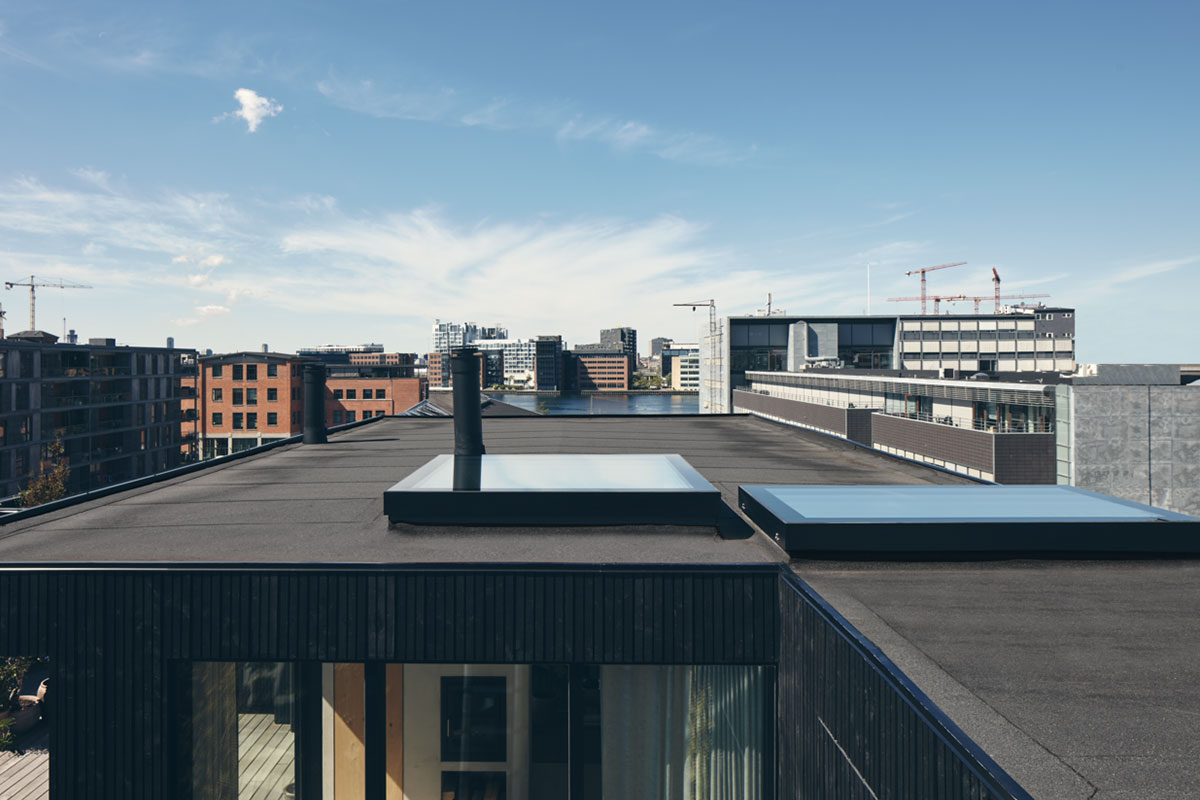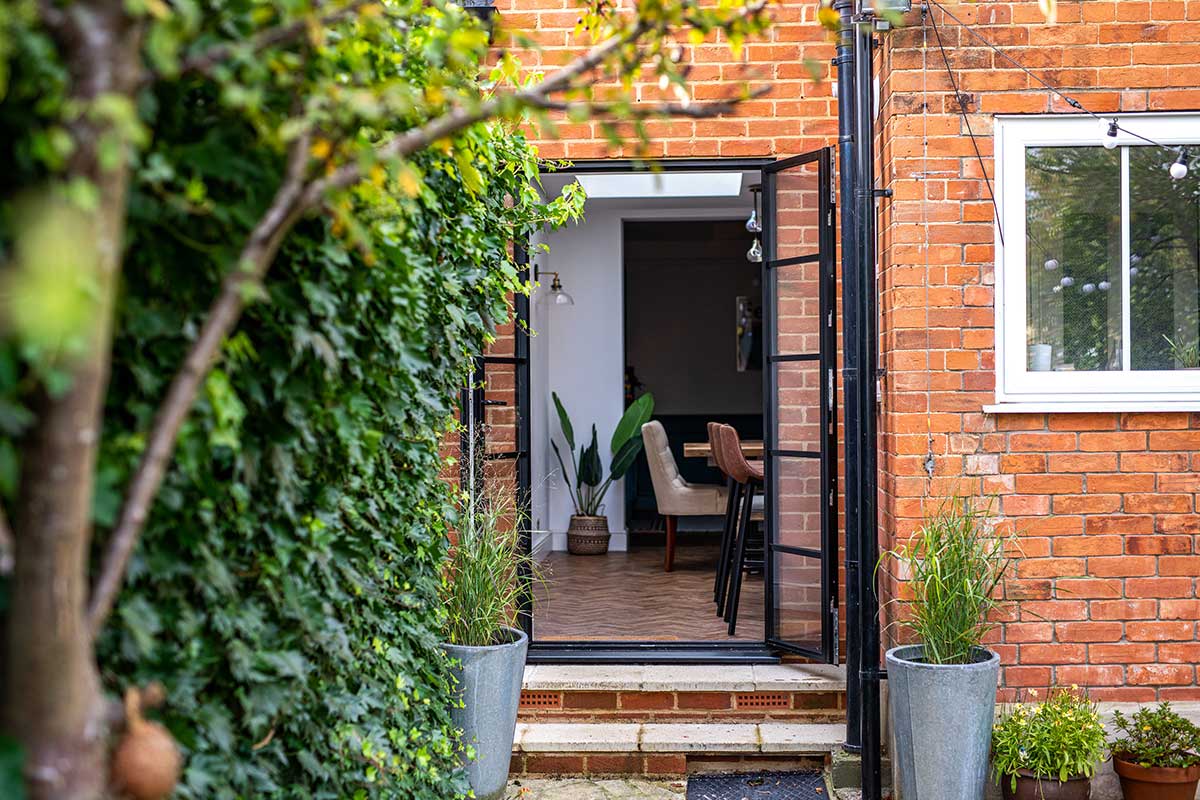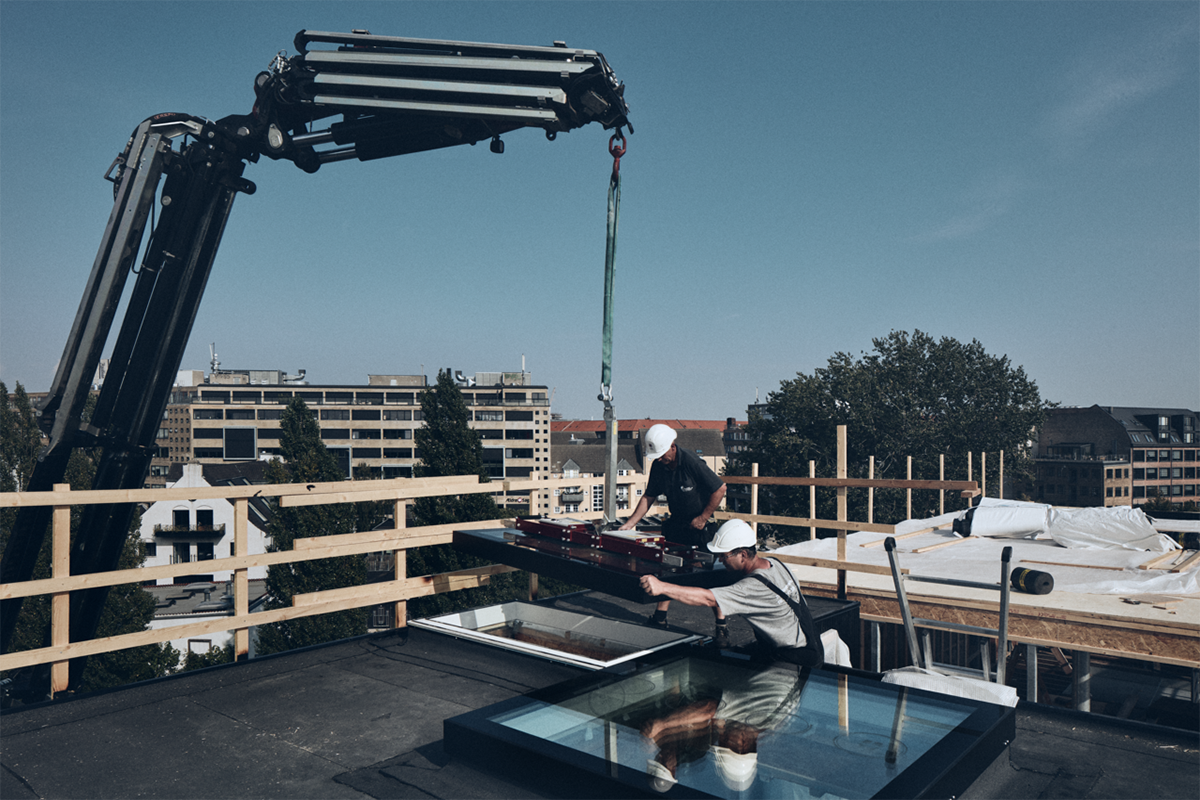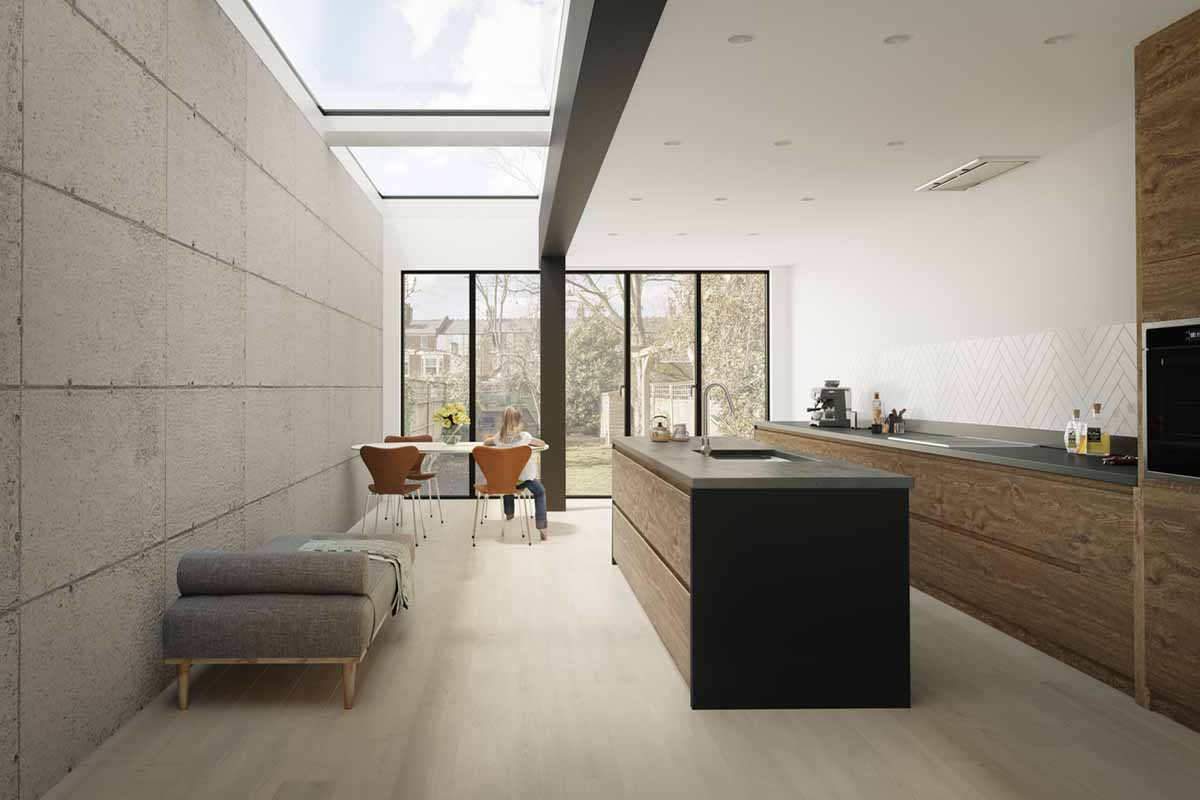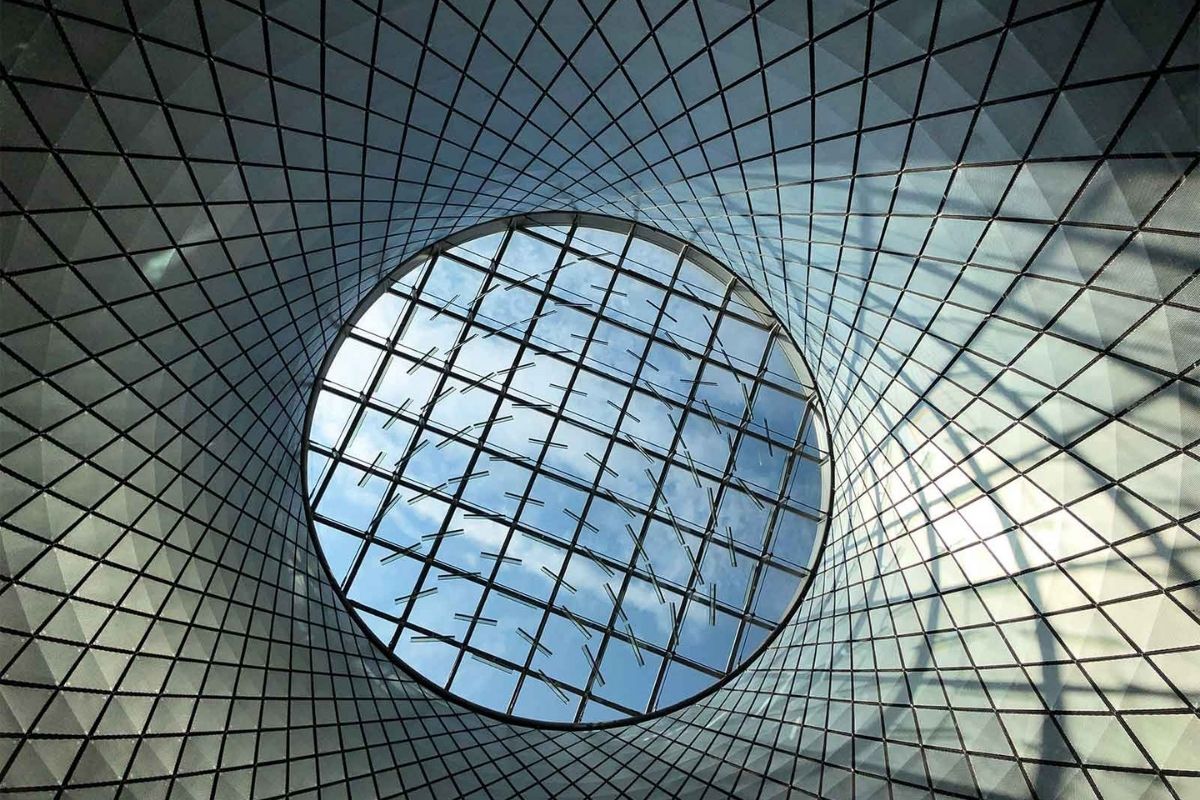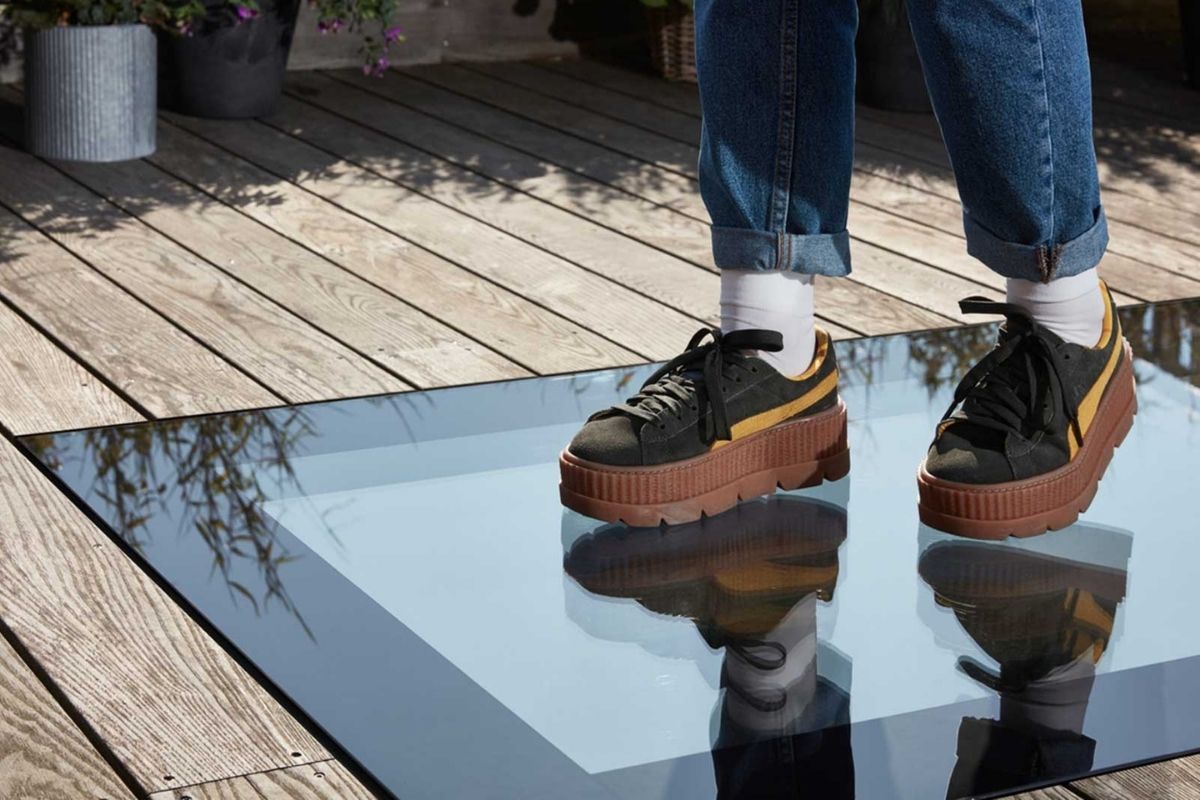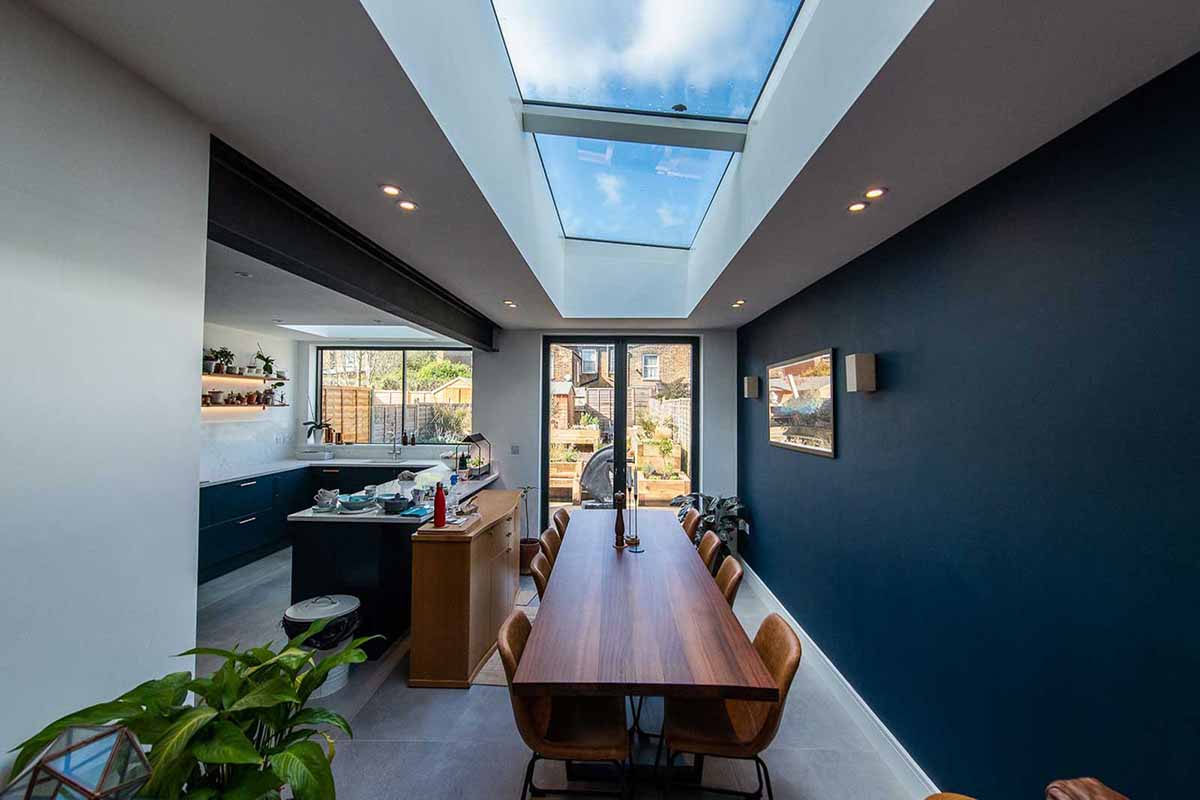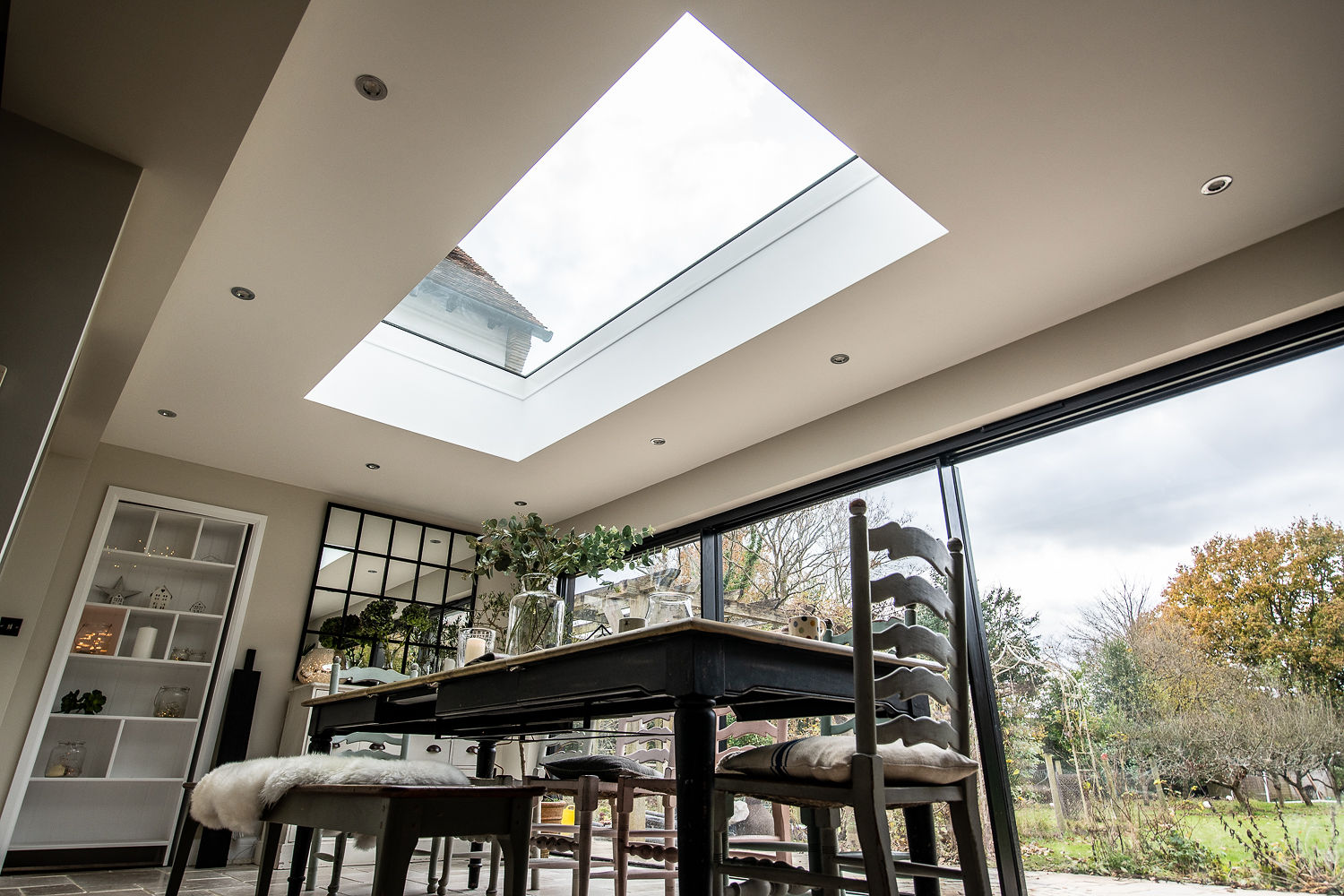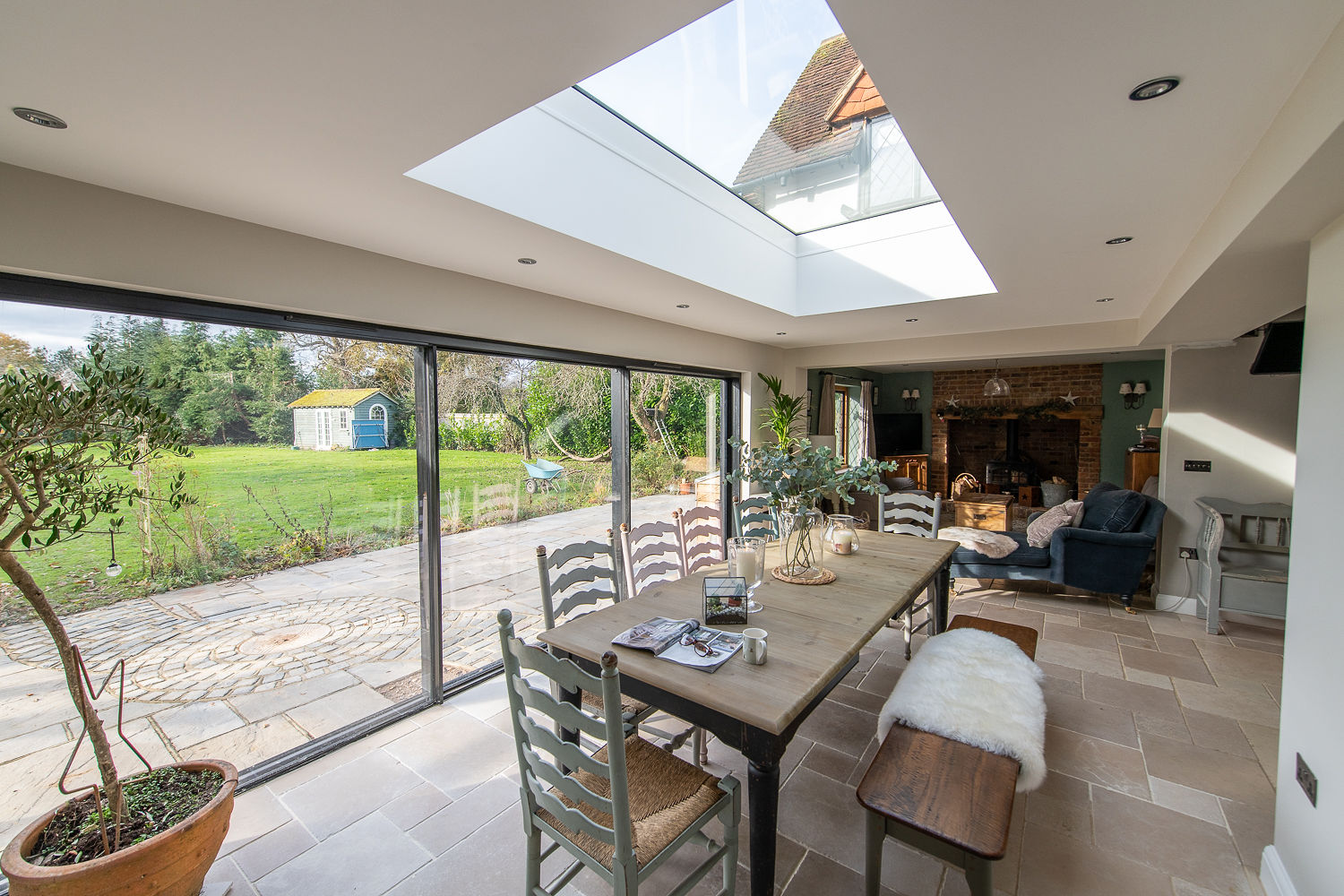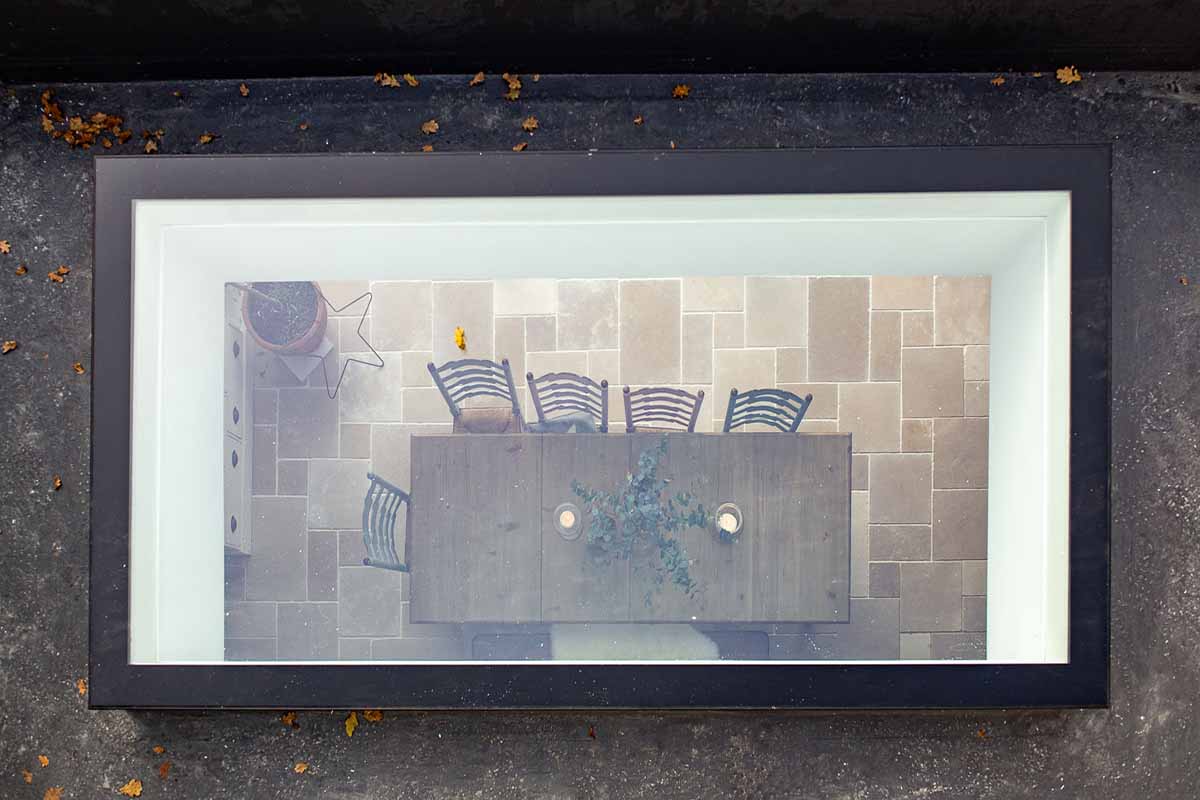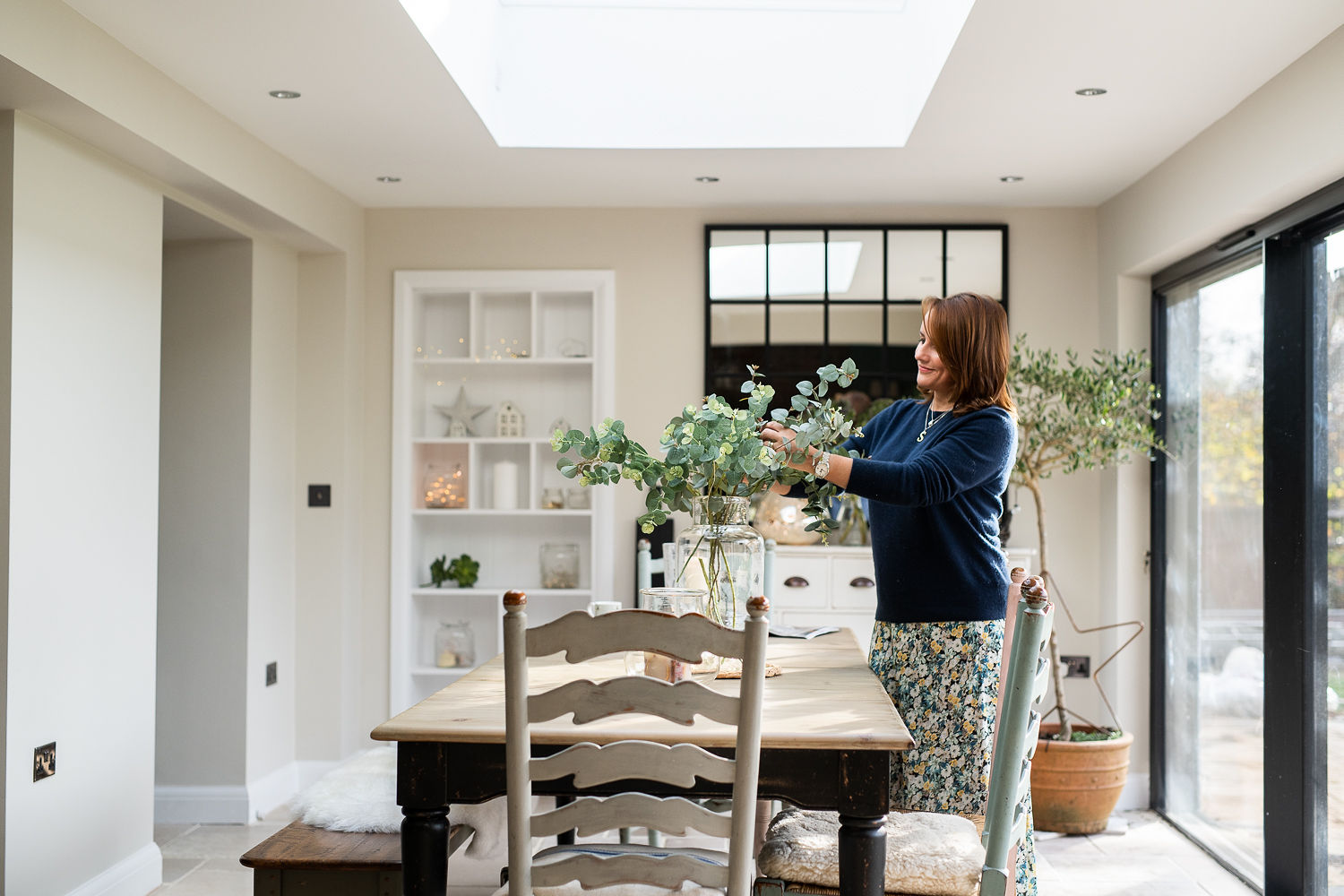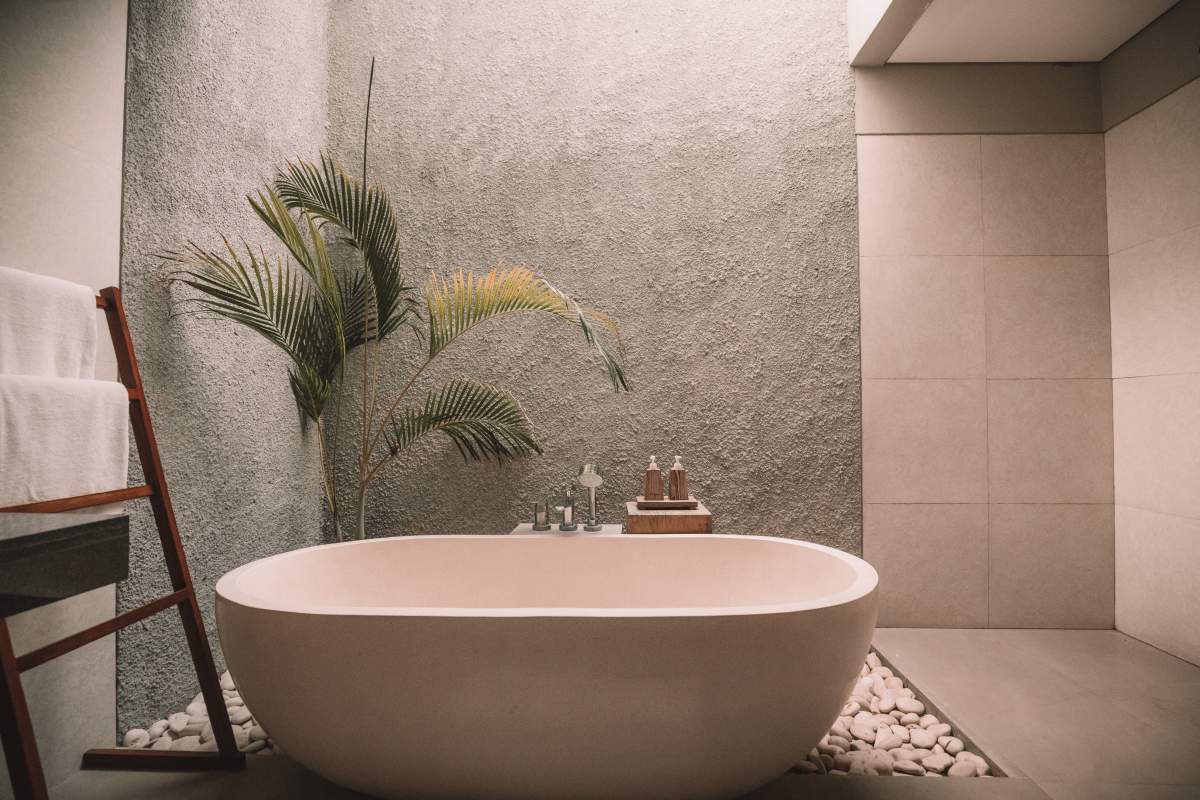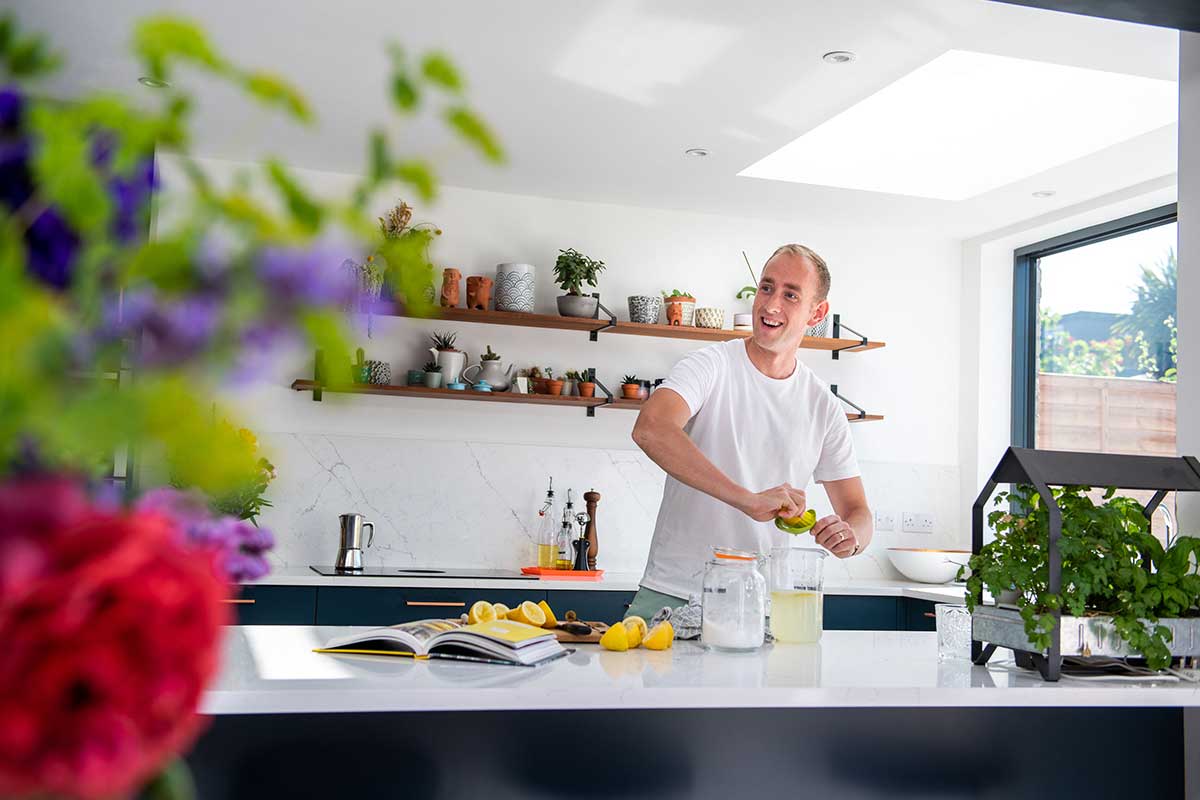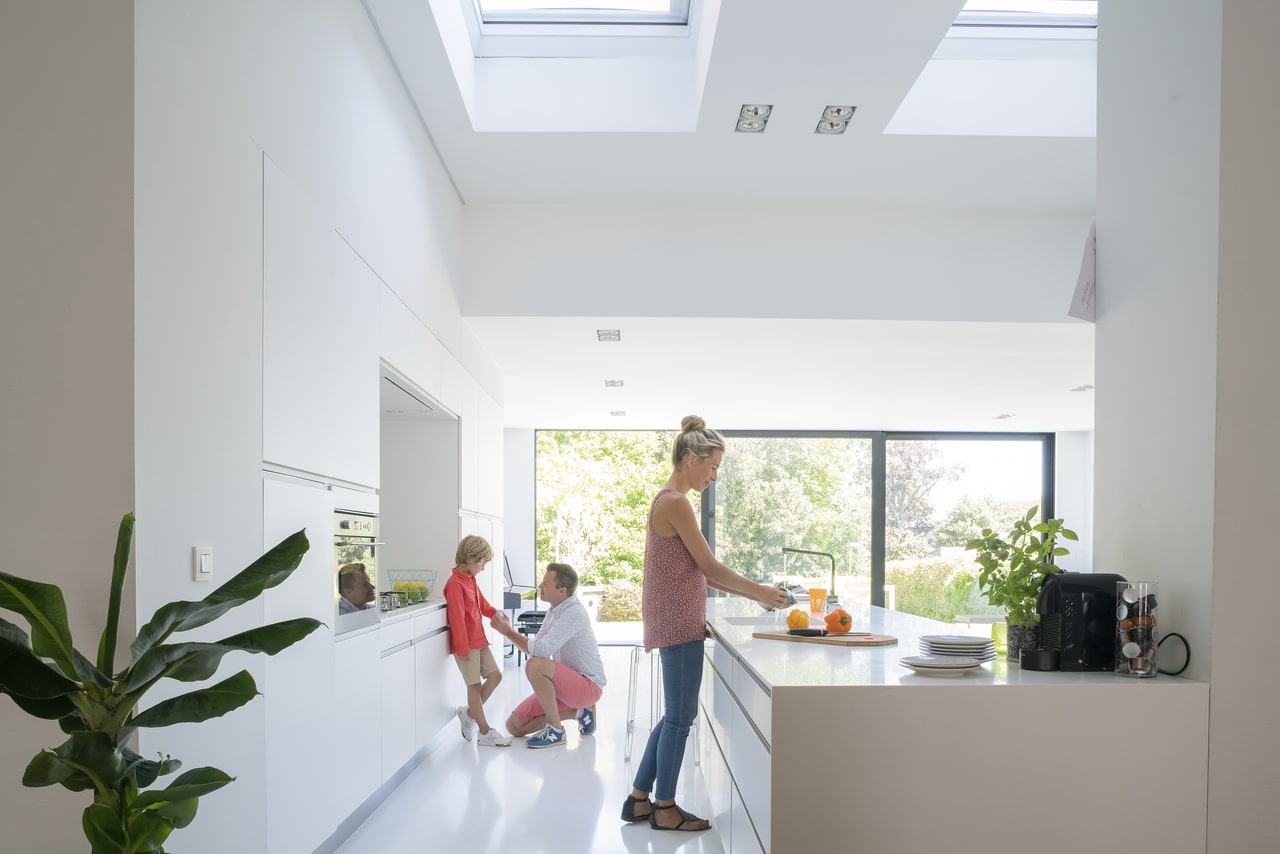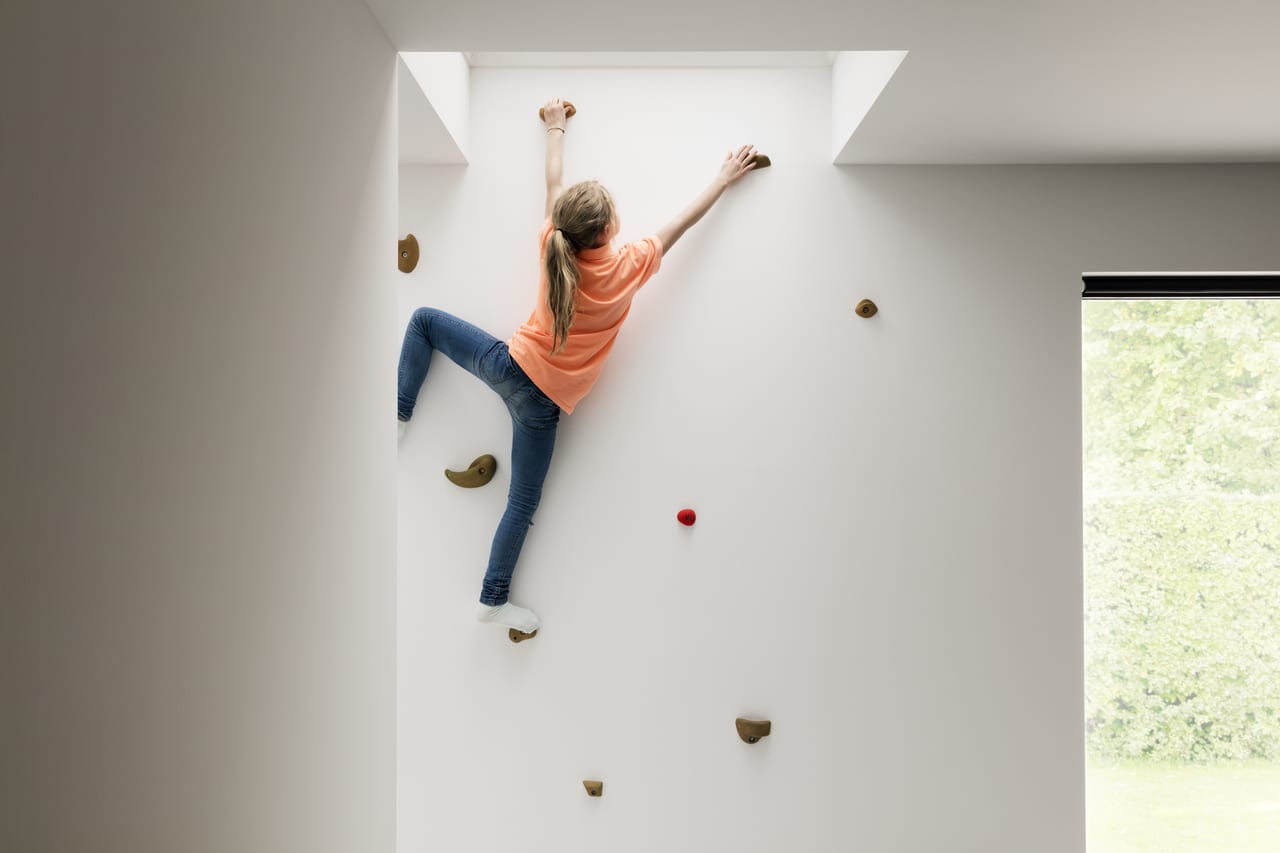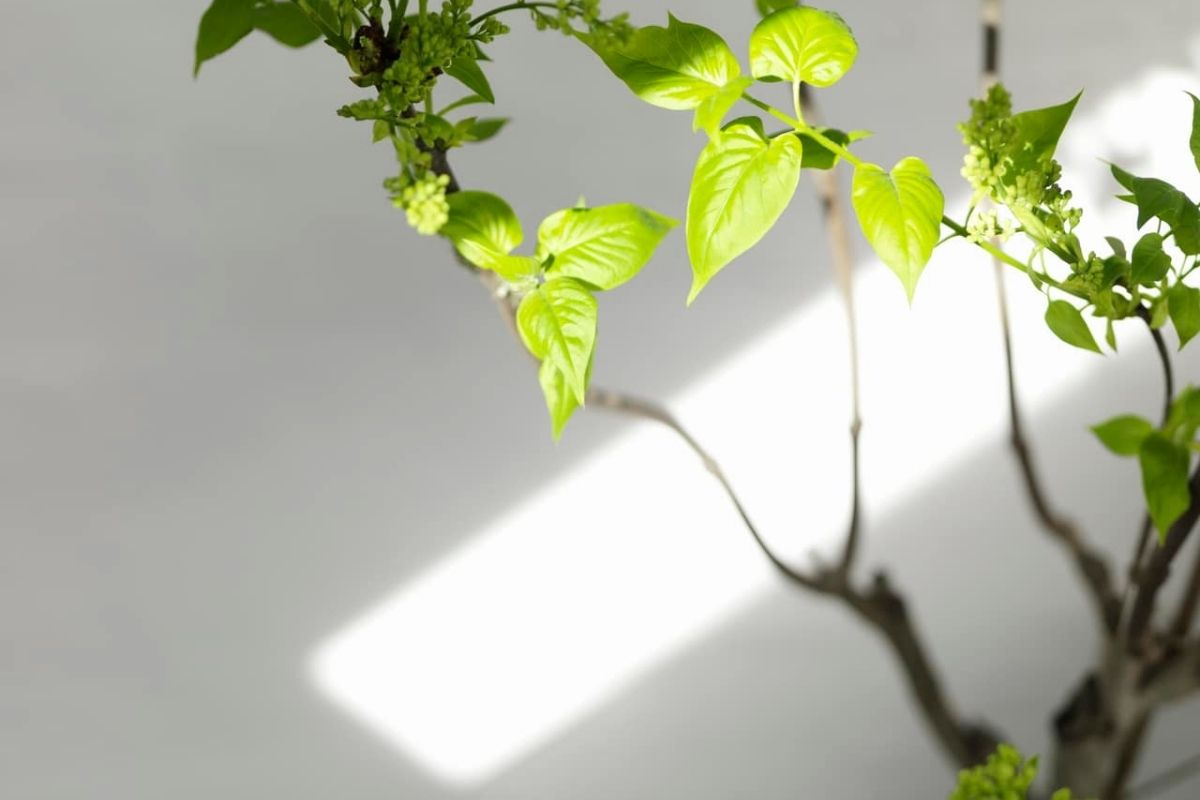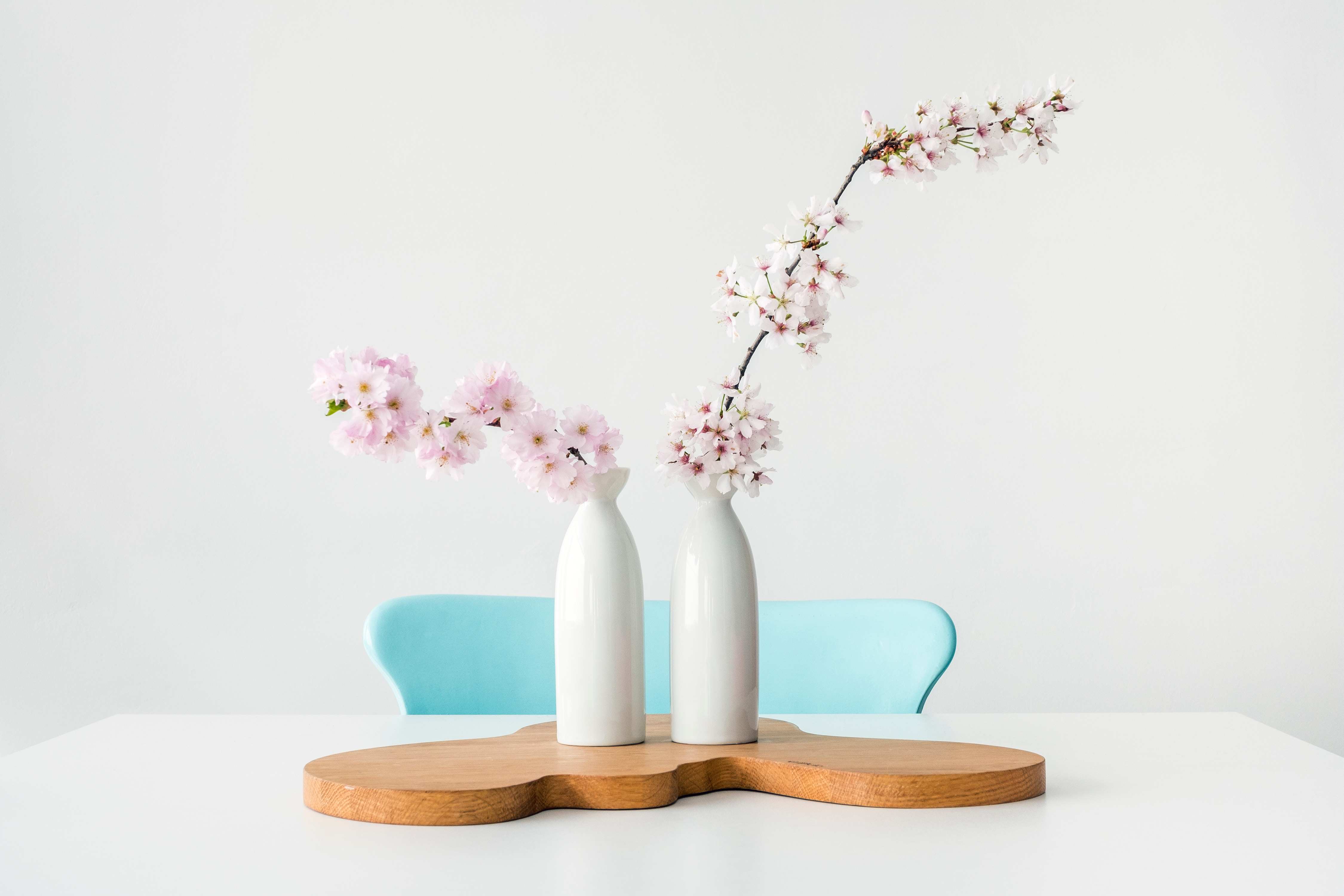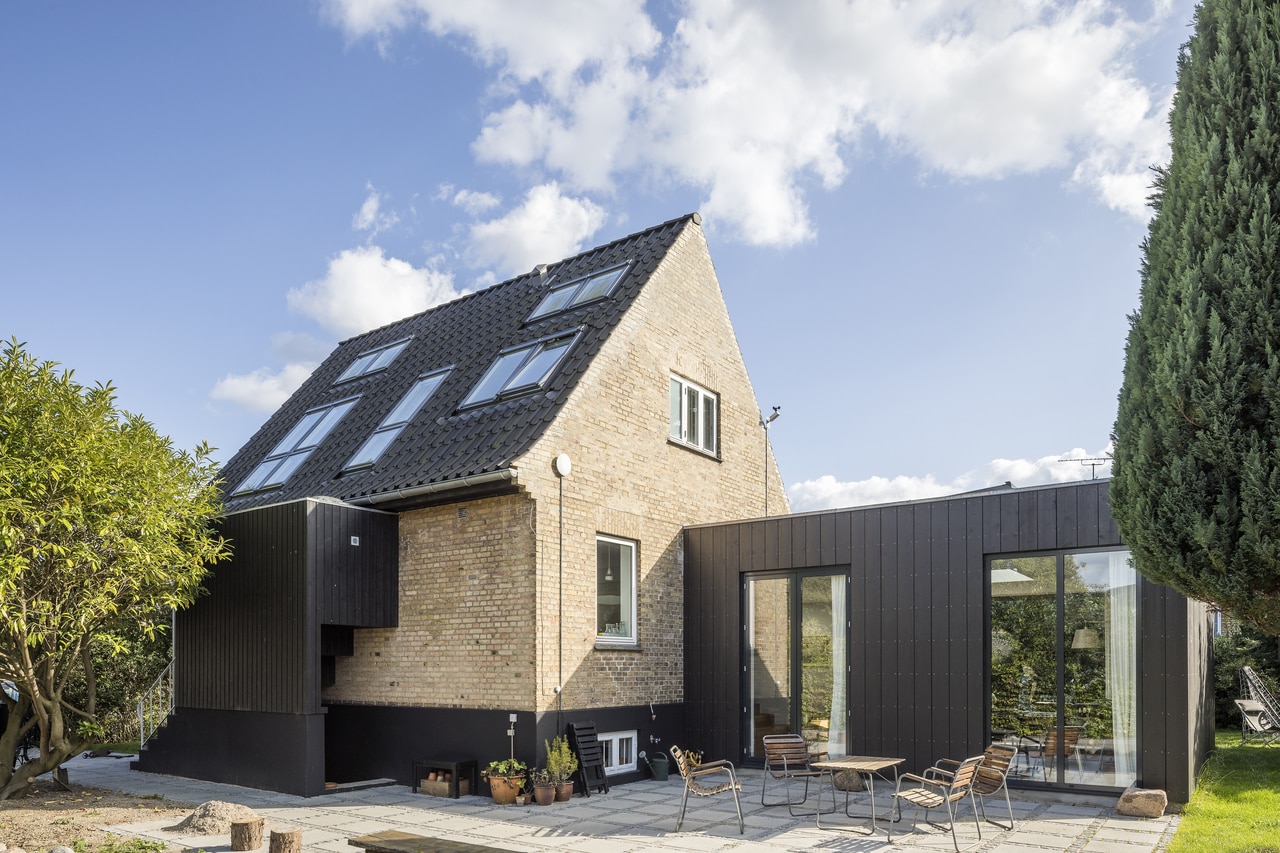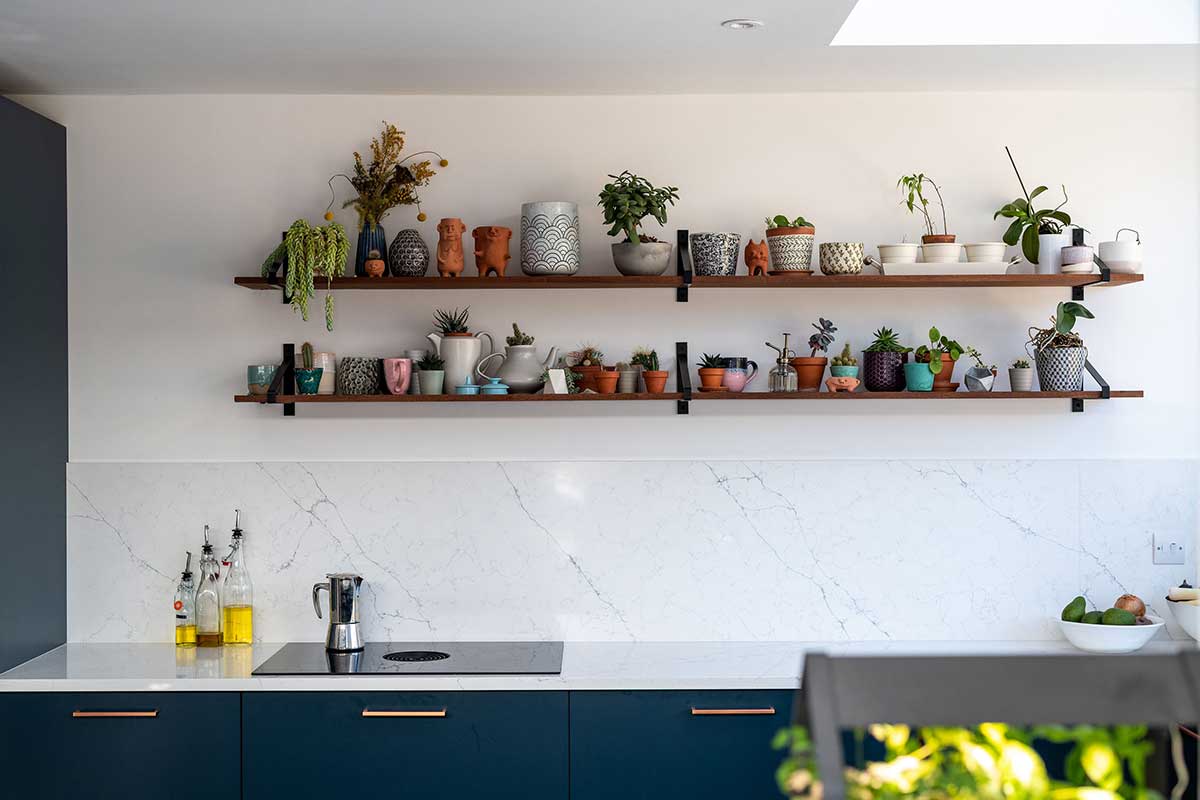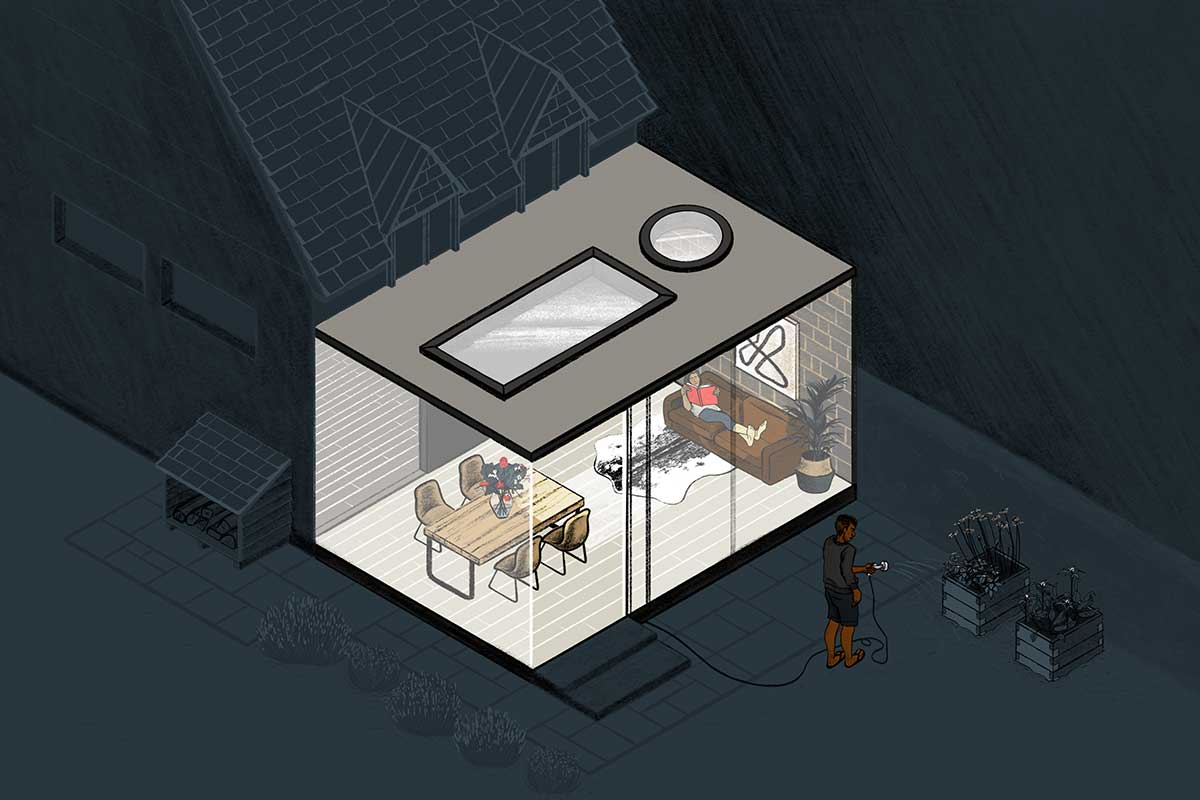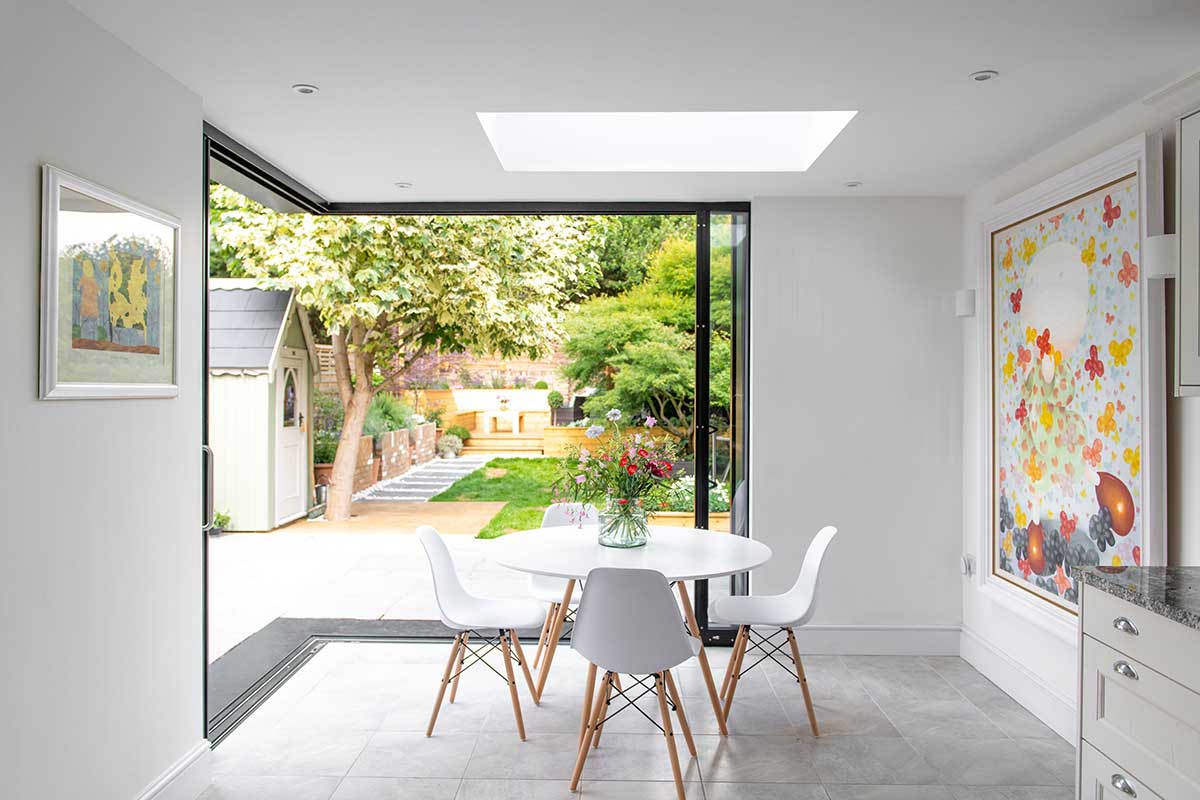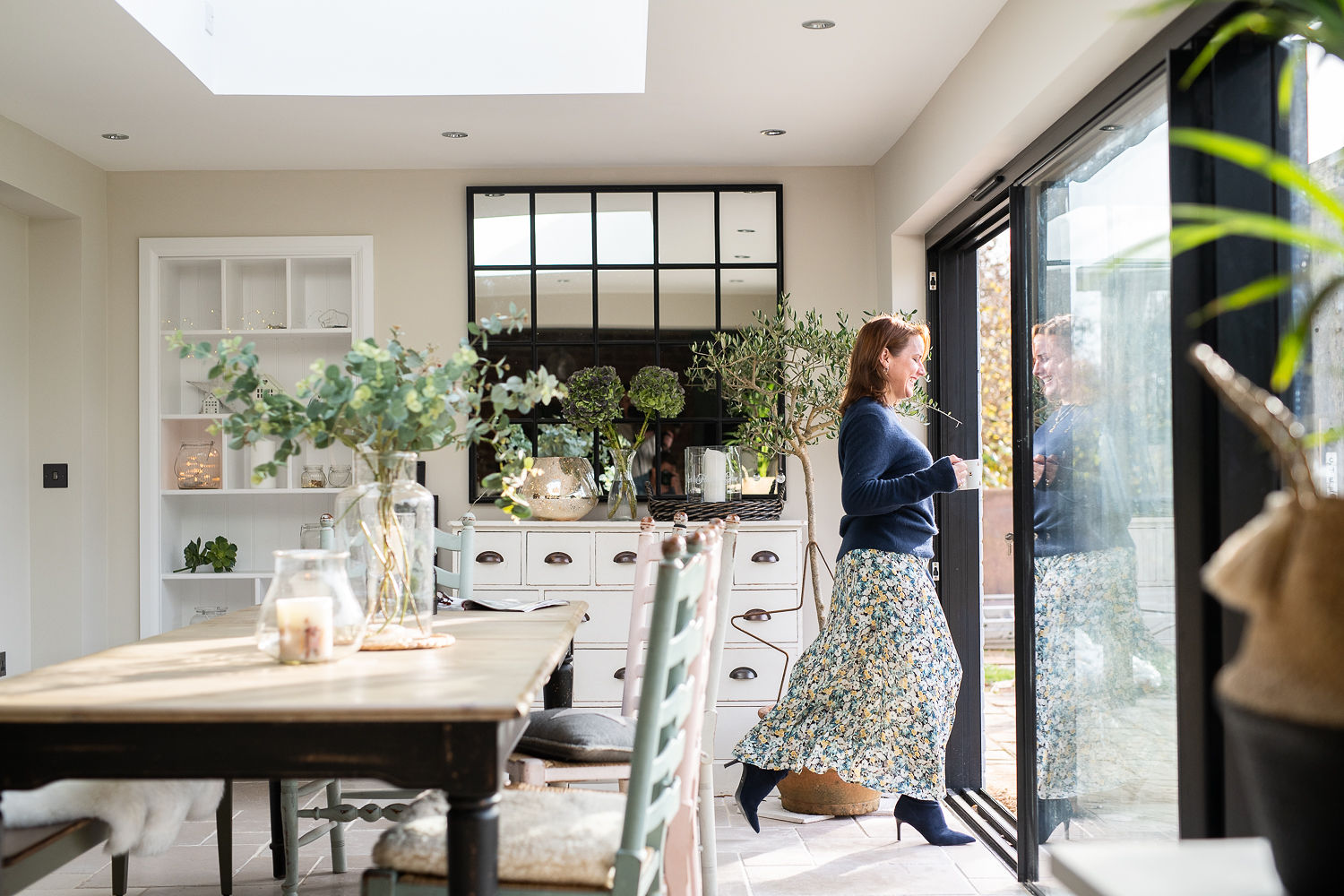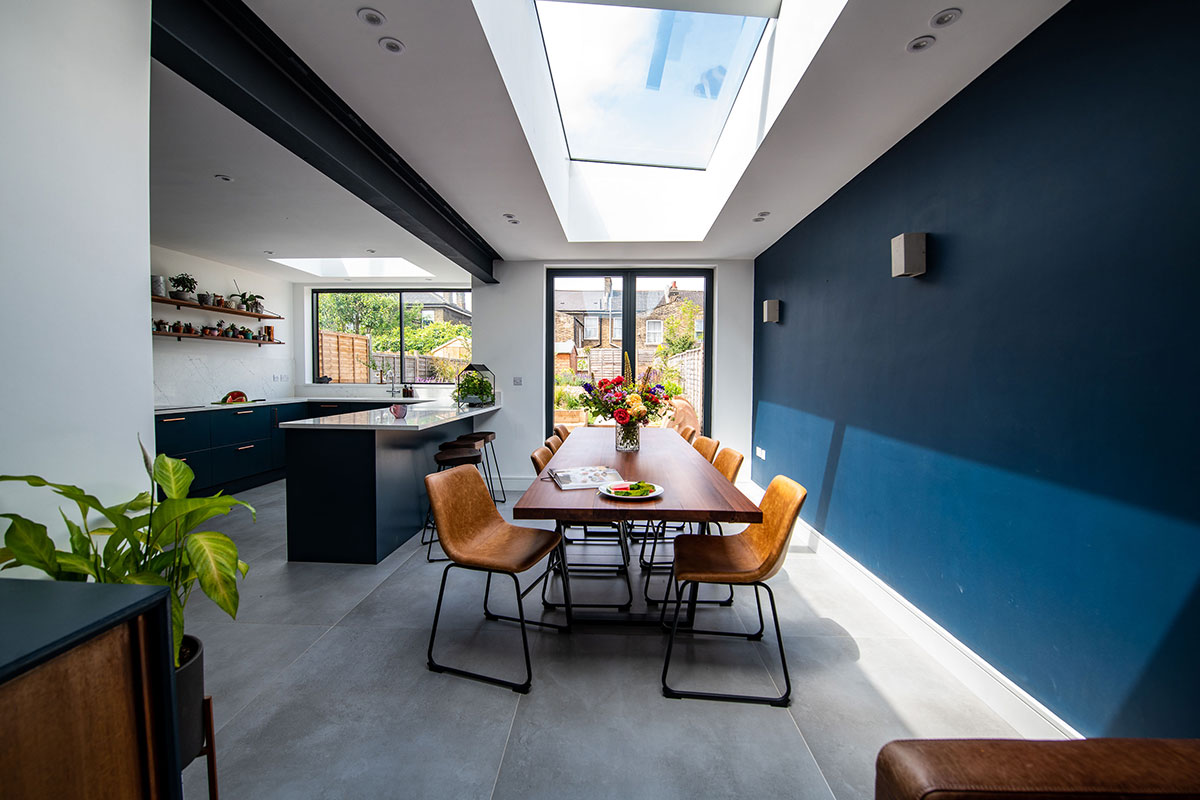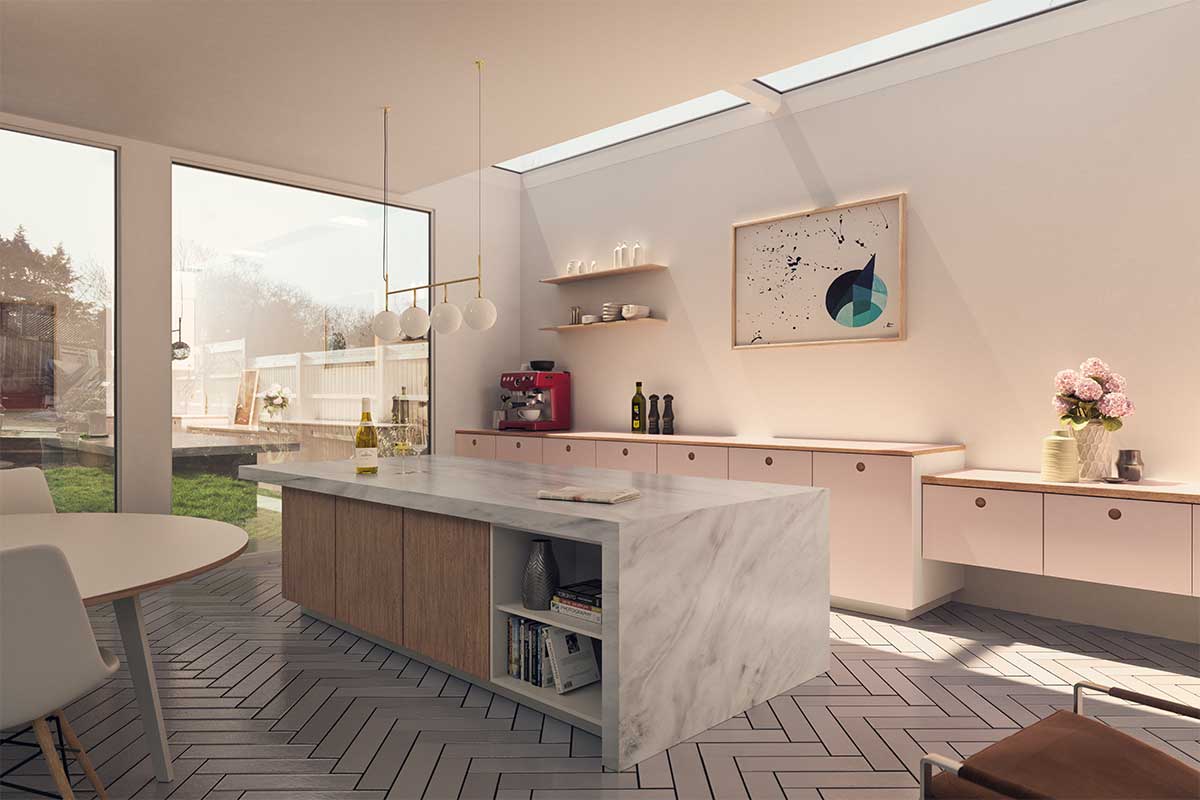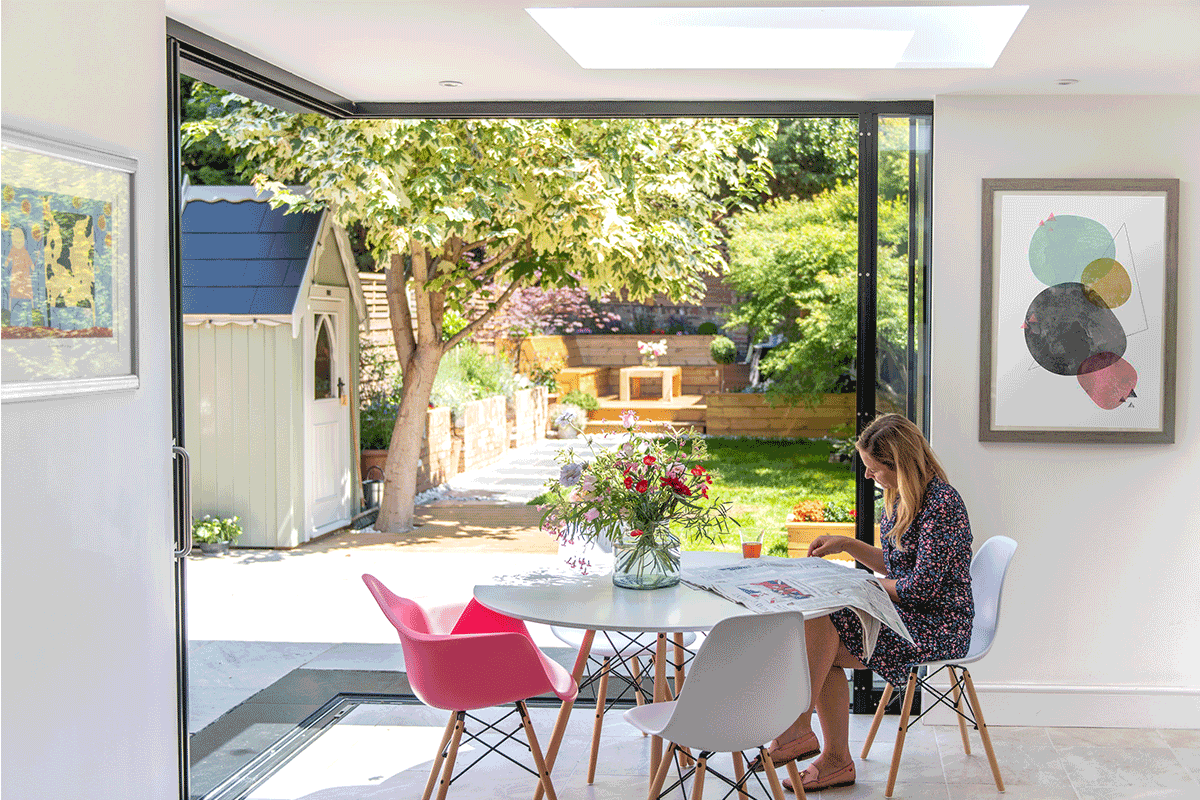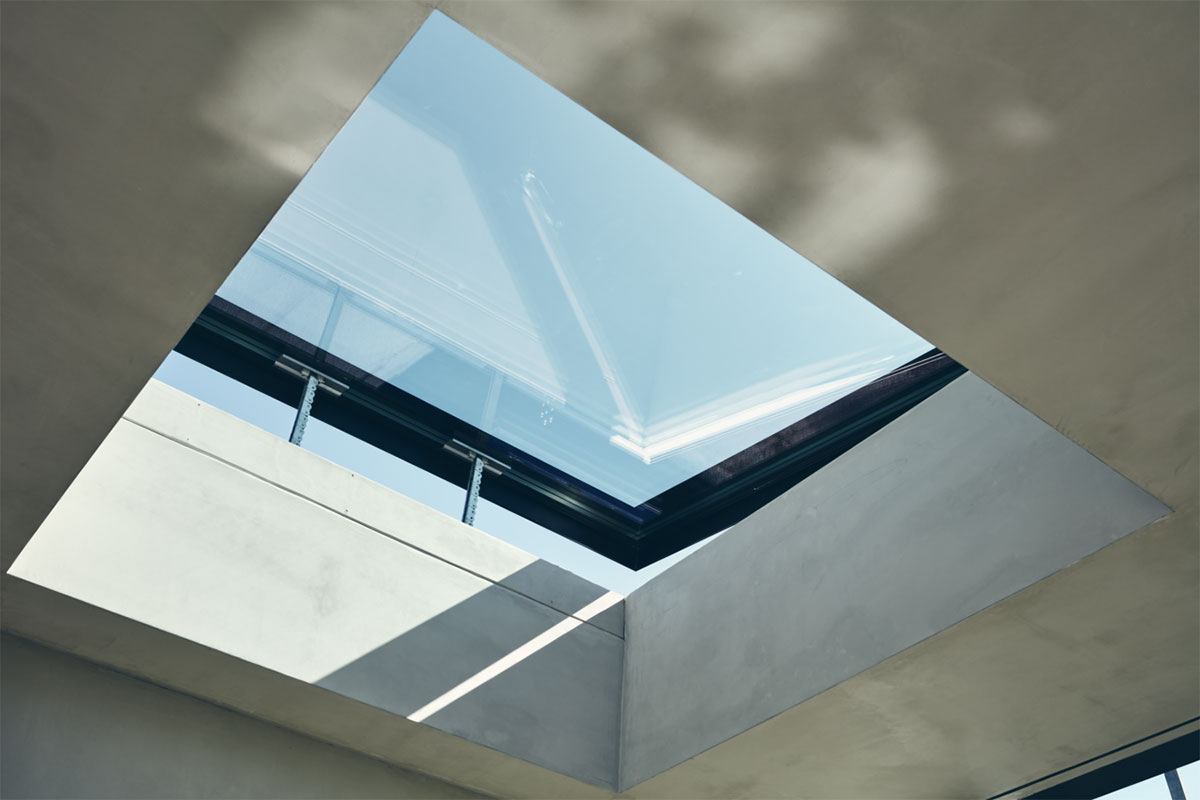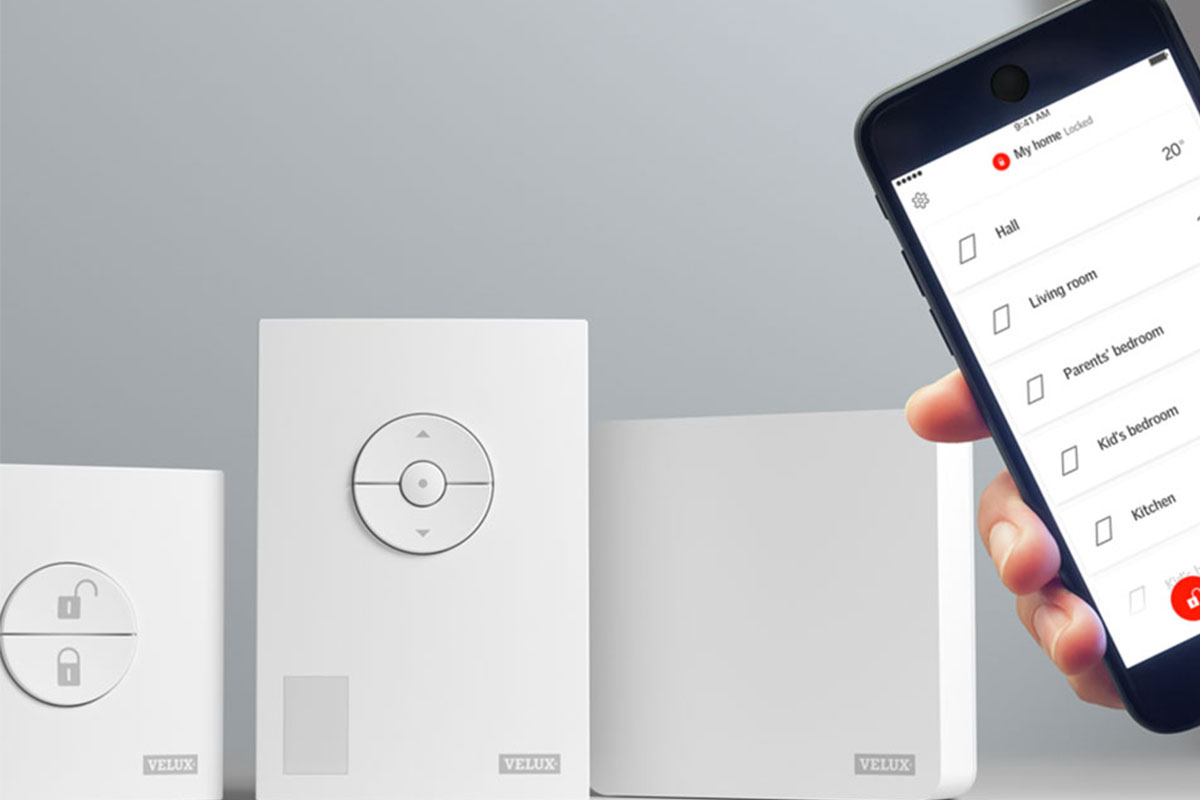6 things you never knew you could do with daylight
The way natural light is used within a space dictates how it is brought to life, and consequently how occupants experience it. Renzo Piano said, “Light has not just intensity, but also a vibration, which is capable of roughening a smooth material, of giving a three-dimensional quality to a flat surface.” The concept of light as form is not new, but there are still plenty of novel ways in which it can be employed for architectural design. Here are six uses for daylight that move beyond the functional and into the realm of aspiration.
1. Illuminating walls and textures
Illuminate a single wall and you are no longer working with a box – the wall plane and ceiling plane are split and instantly seem lighter. And because there is now a greater focus on the wall plane, its textures, fixtures and colour all demand a higher level of consideration.
A smooth, white wall lit by a rooflight like The Long Slim Rooflight will naturally reflect more diffuse light into the rest of the space, generating softer shadows with gentle contrasts. However, the more texture or colour you add, the more a wall itself draws the focus of attention – reflecting less light into the rest of the space.
What is more, a single wall washed with daylight makes the ideal location for displaying art, especially when combined with a white surface that can still distribute light into the room. An even wash of natural light also means it’s possible to swap and change your artwork without worrying about having to make lighting adjustments.
2. Blurring the boundaries between outside and inside
The more closely an indoor environment can connect residents to the natural cycles of the sun, the greater its impact on their circadian rhythm, affecting everything from natural hormone production to quality of sleep.This awareness of daylight levels can be enhanced with a rooflight such as The Walk-on Rooflight, especially when used to link the interior with something like a garden terrace.
Natural light and a connection to nature are essential for human wellbeing. Studies have shown that residents living more than 1 km away from green space weren’t just less healthy in a physiological sense; they were also at higher risk of depression and reported higher levels of both stress and pain.
Designing a space to transform residents’ relationships with both natural light and natural surroundings is an essential part of creating an environment that boosts their long-term physical and mental health.
3. Creating drama
It’s possible to change the mood of a space simply by changing the way daylight is transmitted into the building. When it comes to rooflights, the space’s light intensity and character are not just dictated by their position, dimension and number, but also their shape.
Using The Round Rooflight as a central feature will flood a space with diffuse light. However, if positioned asymmetrically, it will reinforce a sense of unorthodoxy both in the way the space is experienced and how light is distributed. Smaller round rooflights add textured light that can develop a sense of theatre within the space and balance contrast within a room that is otherwise lit on only one side.
The drama can be enhanced further by reflecting how the light enters the space in the design of the interior; in this case it could include a light-coloured circular table or island positioned directly underneath the rooflights.
4. Overcoming gloominess in deep plan rooms
Where an area is deprived of daylight, a great way to lift any sense of gloom is to wash a single wall with light. By peeling the ceiling back and inserting a defined fissure of light next to the wall, you are effectively cracking the room open. Using a rooflight like The Long Slim Rooflight adds contrast, drama and immediate sense of release by highlighting a plane that would otherwise be completely deprived of daylight.
Sometimes the intent in deep plan rooms is not to use light to create drama but to simply add a brighter and more uplifting atmosphere. Placing a rooflight like The Rectangular Rooflight centrally will illuminate the space and help occupants to orientate themselves spatially without necessarily bringing any particular feature to life.
Designers should always consider how light can optimise the darkest of spaces. From creating a more welcoming atmosphere to fostering an intuitive sense of location and navigation, utilising roof windows to enliven deep plan rooms provides countless benefits to occupants.
5. Sculpting form and highlighting design features
The interaction of light and shadow can be used to articulate particular features or qualities within a space, for example an alcove, a hearth or another small section of a room. By reducing a rooflight like The Square Rooflight to its smallest dimensions and using it to punch a hole in the ceiling, it’s possible to illuminate portions of space with concentrated light at particular moments in the day, generating sharp shadows and strong contrasts.
This is a powerful way to highlight a point of pride or high-drama within the internal design of a space. A gallery piece, a statue, a photograph. And the less ambient light available, the greater the contrast and drama during moments of direct light.
6. Dividing space with zones
Light is an extremely useful tool when it comes to changing the profile of a room. By cutting the ceiling plane with an extended rooflight like The Unlimited Rooflight, it becomes possible to change the spatial experience with the creation of distinct zones. This automatically changes the way the room is experienced, not just by the variation in light but also the ceiling height, adding complexity to an otherwise featureless space.
These zones can be reinforced through the internal features, such as a change in flooring, furniture or elevation. By increasing the boundary between the sections within the room, it’s possible to separate them into almost completely different functions, for example a dining room and reading area.
The renowned architect Le Corbusier once said, “The history of architecture is the history of the struggle for light.” The advantage of modern design makes that struggle easier as technology continues to allow for more creative and customisable daylighting solutions.
To see how Vario by VELUX could impact the natural light in your design, check out the wide range of rooflight shapes and near unlimited sizes available and Build Your Own via the online product configurator.

